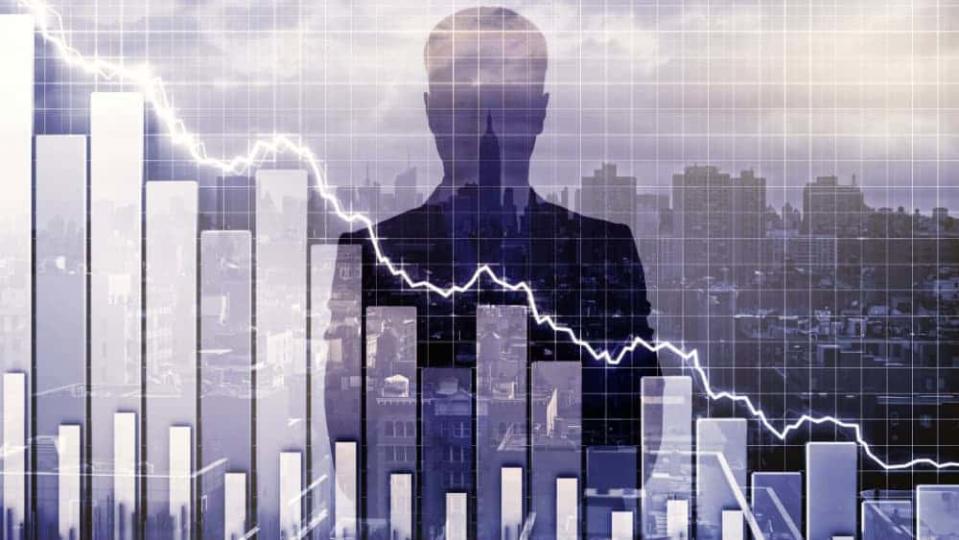Warren Buffett: Stock Market Crash 2.0 Is in the Making

There have been much discussion about how the stock market is not reflecting the state of the economy and how the second market crash is inevitable. Analysts are touting a stock market bubble, a tech bubble, and a housing market crash. And all these events will take place when the government fiscal stimulus ends.
The government is giving away free money in the form of stimulus packages. They are funding these packages by printing more money and having near-zero interest rates over time. The interest rates have removed the moat to keep money in the banks.
Why is there a stark contrast between the stock market and the economy?
The way the stimulus used to work is that the government would inject more money into the economy. As people had more money, they’d spend more, and that would grow the gross domestic product (GDP). But that is not how things turned out in the 2009 crisis and the current crisis.
Even though the government released more money in the economy, Canadian GDP contracted 38.7% in the second quarter. This is because the velocity of money has reduced. The velocity of money is the rate at which the money is circulated. People held on to their free money from the stimulus package and did not circulate it as much as expected, whereas, the stock market saw huge cash inflows. Hence, the TSX Composite Index surged 16%, while the real GDP contracted 11.5% in the second quarter.
How long can this arrangement work?
What happens when the fiscal stimulus package ends?
The above arrangement is only there until there is free money. When the inflow of stimulus money stops, there could be a huge sell-off in the stock market, as people cash out on the money they invested. The Justin Trudeau government has extended some benefits till December and some benefits till next year. This phased removal of benefits can delay or mitigate the impact of another market crash, but it cannot completely avoid it.
When free money starts circulating in the economy, inflation will rise. The government has also given aid in the form of rent, loans, and mortgage deferrals. As these deferrals end, there could be a growing risk of defaults.
However, early signs look promising. Scotiabank provided a COVID-19 update on the status of the early-stage deferrals that have expired. The data showed that 96.8% of customers remain current on their payments. International retail customers are the high-risk segment, with only 92% remaining current on their payments.
How to play the stock market crash
The stock market crash 2.0 is in the making. It is difficult to say when it will hit. But you can play the stock market crash. Do what billionaire investors are doing. Warren Buffett and many billionaire investors stayed on the sidelines of the market rally. What Berkshire Hathaway has been doing is in stark contrast to Buffett’s advice.
Berkshire Hathaway has been offloading its investments in banks and airlines. Instead, it is buying energy stocks, Barrick Gold, and software-as-a-service initial public offering Snowflake.
Diversify your portfolio and buy into stocks that are resilient to the pandemic and will protect your money in a recession. Invest your $6,000 Tax-Free Savings Accounts (TFSA) in three stocks.
Investor corner
Investors use gold stocks as safe-haven when they start losing confidence in the financial system. Barrick Gold is among the largest gold producers in the world and has the potential to grow in an economic downturn. The stock has surged 65% year to date while the TSX Composite Index fell 3.8%.
Enbridge stock has taken a beating from a decline in oil demand, but it continues to pay a dividend, which has increased its dividend yield to 7.88%. The stock will continue to pay a dividend during the downturn, ensuring cash inflow. Lightspeed POS will give capital gains, as it caters to the new trend of digitization.
If you invest $2,000 in each of the above three stocks, your overall portfolio will be safeguarded from another market crash.
The post Warren Buffett: Stock Market Crash 2.0 Is in the Making appeared first on The Motley Fool Canada.
More reading
Fool contributor Puja Tayal has no position in any of the stocks mentioned. The Motley Fool owns shares of and recommends Berkshire Hathaway (B shares) and Enbridge. The Motley Fool owns shares of Lightspeed POS Inc. The Motley Fool recommends BANK OF NOVA SCOTIA and recommends the following options: long January 2021 $200 calls on Berkshire Hathaway (B shares), short January 2021 $200 puts on Berkshire Hathaway (B shares), and short September 2020 $200 calls on Berkshire Hathaway (B shares).
The Motley Fool’s purpose is to help the world invest, better. Click here now for your free subscription to Take Stock, The Motley Fool Canada’s free investing newsletter. Packed with stock ideas and investing advice, it is essential reading for anyone looking to build and grow their wealth in the years ahead. Motley Fool Canada 2020

 Yahoo Finance
Yahoo Finance 